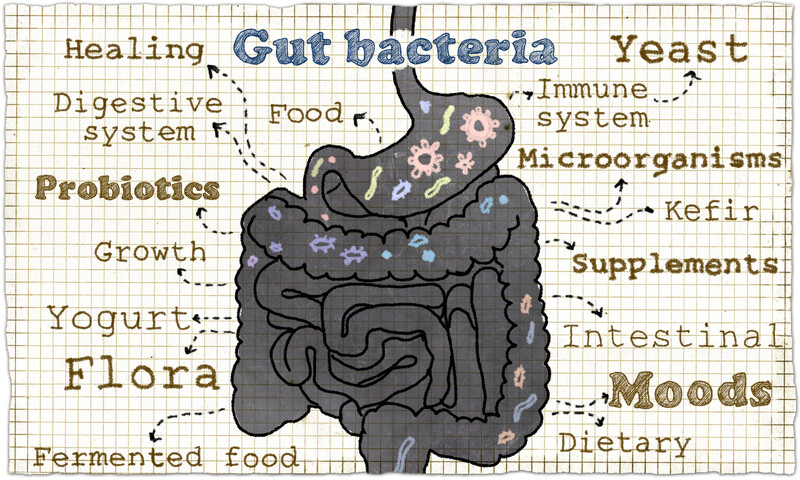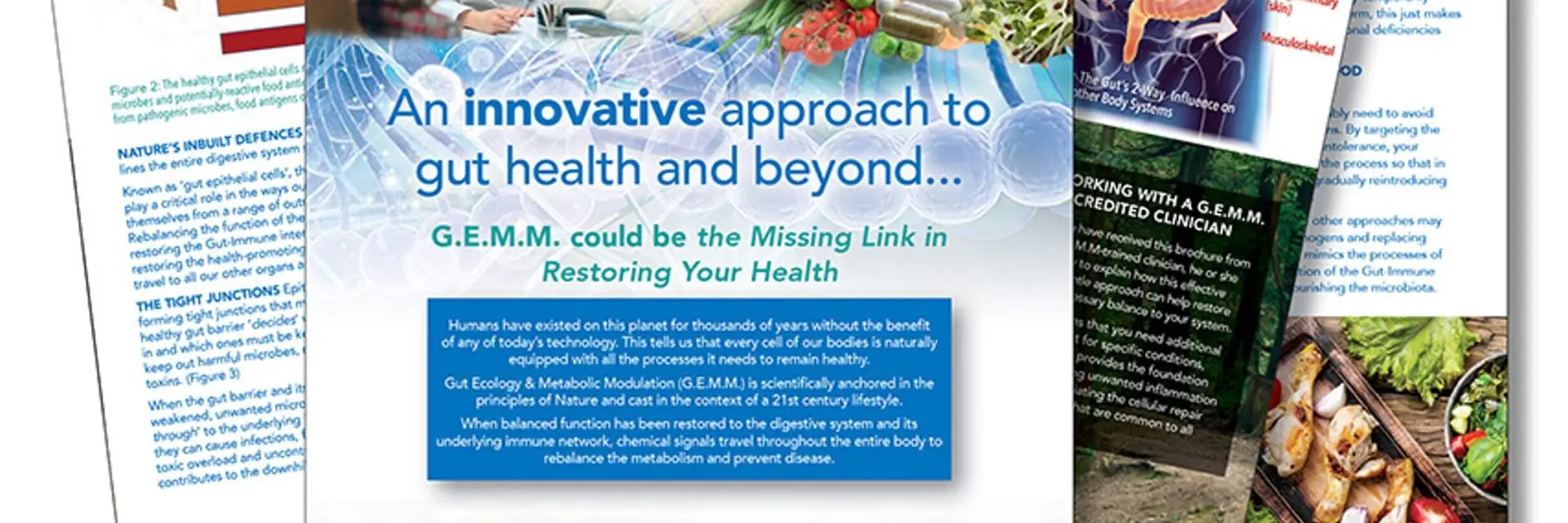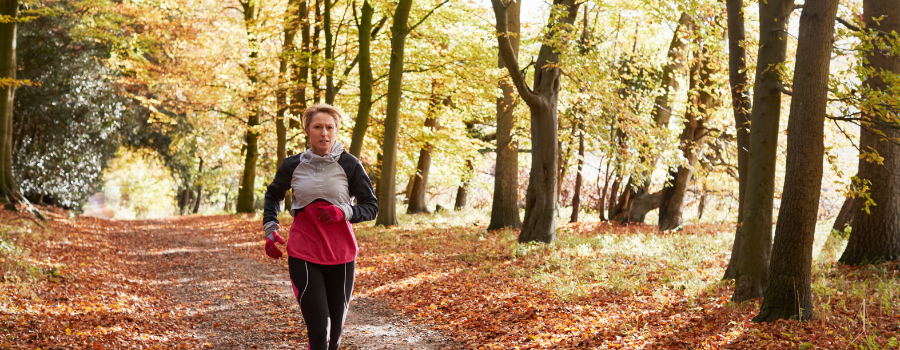This weird infection at my elbow came out of nowhere. A sudden, painful swelling appeared on my elbow—red, throbbing, and inflamed. I suspect bacteria entered through a scab from forearm stands in my yoga practice.
The next morning, I saw a doctor who prescribed antibiotics, insisting it was the only way to reduce the inflammation beneath the skin.
I was alarmed—this wasn’t a typical health issue I faced. As a naturopath, I looked for alternative healing options. While antibiotics can be life-saving, their overuse in medicine and animal farming has led to resistant superbugs. Many infections, especially in hospitals, are now untreatable with antibiotics, warns Dr. Dennis Dixon of the NIH (NIH health news).
Many who follow their calling are driven by personal experience. My path toward natural healing began when I realised my chronic sinusitis, rhinitis, and eczema weren’t life sentences. Until then, like most, I followed conventional treatments without question—as long as symptoms temporarily vanished – I applied and swallowed what was given to me.
I faced two options: act quickly with antibiotics to stop a potential infection, and risk harming my beneficial gut bacteria. Since lab tests take days, doctors often prescribe broad-spectrum antibiotics upfront (NIH Health News), which kill both harmful and helpful bacteria—leading to gut dysbiosis (NIH health news).
Microbiome research increasingly shows how gut bacteria influence our health. The EU has funded 216 metagenomics projects, confirming what naturopaths have long recognized—the importance of intestinal flora in defending against cancer, cardio-metabolic diseases, allergies, and obesity (Hadrich, 2018).
Antibiotics severely disrupt the gut microbiome, and research shows that probiotics alone don’t restore it. Recovery remains delayed and incomplete for months. The most effective method found was autologous fecal microbiome transplantation (aFMT)—a stool transplant from a healthy donor—which significantly improves recovery, especially after intensive antibiotic treatment (Suez et al., 2018).
The Alternative Approach I Chose:
Please read the Disclaimer at the end of this post.
I crushed two raw organic garlic cloves and swallowed it with coconut oil.
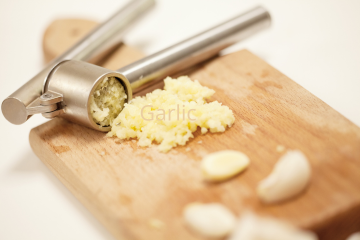
Garlic is a natural antibiotic shown to inhibit microbes like Staphylococcus aureus, E. coli, H. pylori (causes stomach ulcers), and Candida albicans (a proliferation of this fungi causes the infamous “thrush”). Pizzorno & Murray list 23 known microbes that respond to the treatment with Allium Sativa or Garlic (Pizzorno & Murray, 2013, p. 571). It also acts as a prebiotic, supporting healthy gut flora—side effects limited mostly to bad breath.
I wrapped my elbow with a castor-oil pack and left it for an hour every three hours.
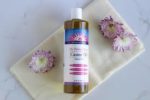
Castor oil has a strong pain-reducing and anti-inflammatory effect. The active ingredient is ricinoleic acid and has shown to relieve pain- and swelling in rheumatoid arthritis (Viera, et al., 2000).
I practiced EFT to ease my mind…
…of all the worries and pre-conceived and conditioned ideas about the power of my own healing-capacity.
This beautiful video shows you how.
EFT (Emotional Freedom Technique) has been clinically shown to help with anxiety and PTSD (Church et al., 2017). It works by calming the amygdala’s fight-or-flight response and reprogramming the brain to perceive former threats—like fear of spiders, public speaking, or illness—as non-dangerous. This shift allows individuals to move forward with greater ease.
Just to show you what I was dealing with (2 days apart).
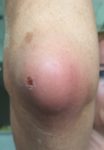

It worked!
Book an Appointment
Written by Monika Ramasamy, 30.5.2019
If you like what you read, please share!
DISCLAIMER:
The words and other content provided in this blog, and in any linked materials, are not intended and should not be construed as medical advice. If the reader or any other person has a medical concern, he or she should consult with an appropriately-licensed physician.
The information on this website is to motivate the reader to do research and make decisions in partnership with their health care providers.
Never disregard professional medical advice or delay in seeking it because of something you have read on this blog or in any linked materials. If you think you may have a medical emergency, call your doctor immediately.
References
Church, D., Stern, S., Boath, E., Stewart, A., Feinstein, D., & Clond, M. (2017, June 22). Emotional Freedom Techniques to Treat Posttraumatic Stress Disorder in Veterans: Review of the Evidence, Survey of Practitioners, and Proposed Clinical Guidelines. Retrieved May 29, 2019, from The Permanente Journal: https://www.ncbi.nlm.nih.gov/pmc/articles/PMC5499602/
Hadrich, D. (2018, June 18). Microbiome Research Is Becoming the Key to Better Understanding Health and Nutrition. Retrieved May 28, 2019, from PMC. doi: 10.3389/fgene.2018.00212.: https://www.ncbi.nlm.nih.gov/pmc/articles/PMC6009232/
Pizzorno, J. E., & Murray, M. T. (2013). TEXTBOOK OF NATURAL MEDICINE. Missouri: ELSEVIER.
Shewell, L. (2015, October 30). Everything you always wanted to know about fermented foods. Retrieved May 30, 2019, from Science-Based Medicine: https://sciencebasedmedicine.org/everything-you-always-wanted-to-know-about-fermented-foods/#h.lnxbz9
Suez, J., Zmora, N., Zilberman-Schapira’s, G., & Mor, U. (2018, September 16). Post-Antibiotic Gut Mucosal Microbiome Reconstitution Is Impaired by Probiotics and Improved by Autologous FMT. Retrieved May 28, 2019, from ResearchGate: https://www.researchgate.net/publication/327485328_Post-Antibiotic_Gut_Mucosal_Microbiome_Reconstitution_Is_Impaired_by_Probiotics_and_Improved_by_Autologous_FMT?fbclid=IwAR0QWs9mhRP3hzwx8SmGNNwxHbR7-rwPuk3NKP4NV4rXMvvcHFdxZManCIA
Viera, C., Fetzer, S., Sauer, S. K., Evangelista, S., Averbeck, B., Kress, M., . . . Manzini, S. (2000, October 16). Pro- and anti-inflammatory actions of ricinoleic acid:. Retrieved May 28, 2019, from https://www.researchgate.net/profile/Stefano_Evangelista/publication/11811254_Pro-_and_anti-inflammatory_actions_of_ricinoleic_acid_Similarities_and_differences_with_capsaicin/links/5541f2f00cf2aba1e4f122b4.pdf

